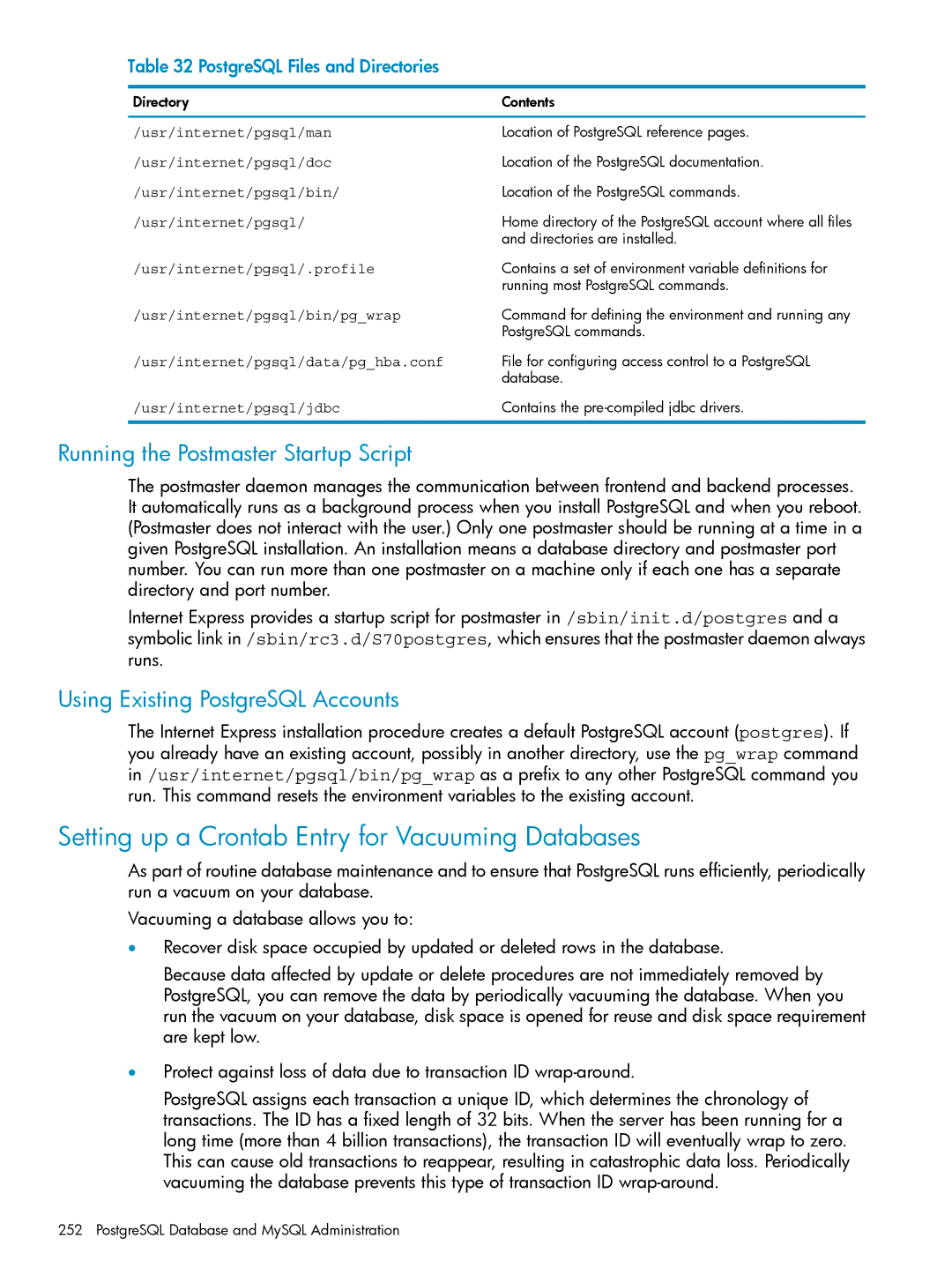
Table 32 PostgreSQL Files and Directories
Directory | Contents |
/usr/internet/pgsql/man | Location of PostgreSQL reference pages. |
/usr/internet/pgsql/doc | Location of the PostgreSQL documentation. |
/usr/internet/pgsql/bin/ | Location of the PostgreSQL commands. |
/usr/internet/pgsql/ | Home directory of the PostgreSQL account where all files |
| and directories are installed. |
/usr/internet/pgsql/.profile | Contains a set of environment variable definitions for |
| running most PostgreSQL commands. |
/usr/internet/pgsql/bin/pg_wrap | Command for defining the environment and running any |
| PostgreSQL commands. |
/usr/internet/pgsql/data/pg_hba.conf | File for configuring access control to a PostgreSQL |
| database. |
/usr/internet/pgsql/jdbc | Contains the |
Running the Postmaster Startup Script
The postmaster daemon manages the communication between frontend and backend processes. It automatically runs as a background process when you install PostgreSQL and when you reboot. (Postmaster does not interact with the user.) Only one postmaster should be running at a time in a given PostgreSQL installation. An installation means a database directory and postmaster port number. You can run more than one postmaster on a machine only if each one has a separate directory and port number.
Internet Express provides a startup script for postmaster in /sbin/init.d/postgres and a symbolic link in /sbin/rc3.d/S70postgres, which ensures that the postmaster daemon always runs.
Using Existing PostgreSQL Accounts
The Internet Express installation procedure creates a default PostgreSQL account (postgres). If you already have an existing account, possibly in another directory, use the pg_wrap command in /usr/internet/pgsql/bin/pg_wrap as a prefix to any other PostgreSQL command you run. This command resets the environment variables to the existing account.
Setting up a Crontab Entry for Vacuuming Databases
As part of routine database maintenance and to ensure that PostgreSQL runs efficiently, periodically run a vacuum on your database.
Vacuuming a database allows you to:
•Recover disk space occupied by updated or deleted rows in the database.
Because data affected by update or delete procedures are not immediately removed by PostgreSQL, you can remove the data by periodically vacuuming the database. When you run the vacuum on your database, disk space is opened for reuse and disk space requirement are kept low.
•Protect against loss of data due to transaction ID
PostgreSQL assigns each transaction a unique ID, which determines the chronology of transactions. The ID has a fixed length of 32 bits. When the server has been running for a long time (more than 4 billion transactions), the transaction ID will eventually wrap to zero. This can cause old transactions to reappear, resulting in catastrophic data loss. Periodically vacuuming the database prevents this type of transaction ID
